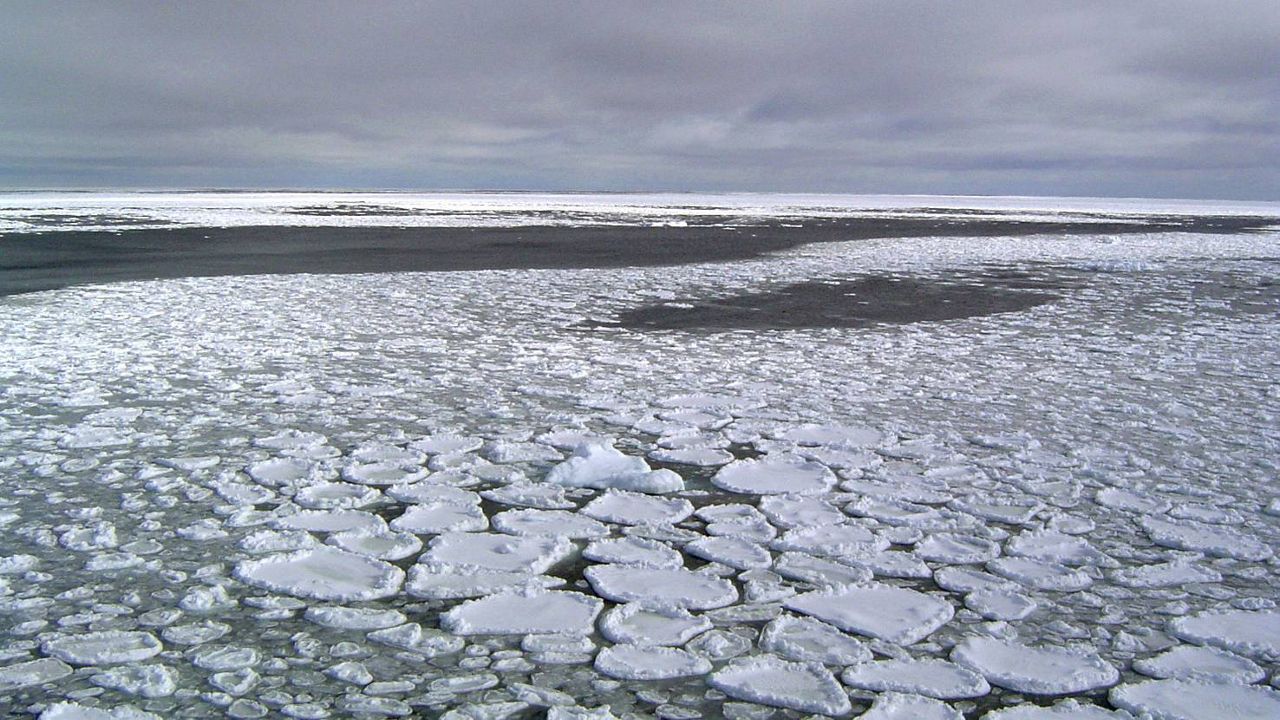There’s a new ocean in the world — at least according to National Geographic.
What You Need To Know
- National Geographic announced Tuesday that it now officially recognizes five oceans, adding the Southern Ocean to the list that already included the Atlantic, Pacific, Indian and Arctic oceans
- The Southern Ocean extends from the Antarctica coastline up to a latitude of 60 degrees south and encompasses what had largely been recognized as the southern extensions of the Pacific, Atlantic and Indian oceans
- Different from other oceans, the Southern Ocean is not defined by the continents that fence it in, but rather a current — called the Antarctic Circumpolar Current — that flows from west to east around the southernmost continent
- Geographer Alex Tait said the National Geographic Society’s map policy committee had been considering the change for years, which it decided to make after seeing scientists and the press increasingly use the term “Southern Ocean"
The magazine and mapmaker announced Tuesday that it now officially recognizes five oceans, adding the Southern Ocean to the list that already included the Atlantic, Pacific, Indian and Arctic oceans. The announcement was made as part of World Oceans Day.
The Southern Ocean extends from the Antarctica coastline up to a latitude of 60 degrees south and encompasses what had largely been recognized as the southern extensions of the Pacific, Atlantic and Indian oceans. Different from other oceans, the Southern Ocean is not defined by the continents that fence it in, but rather a current — called the Antarctic Circumpolar Current — that flows from west to east around the southernmost continent, National Geographic said.
“Anyone who has been there will struggle to explain what’s so mesmerizing about it, but they’ll all agree that the glaciers are bluer, the air colder, the mountains more intimidating, and the landscapes more captivating than anywhere else you can go,” Seth Sykora-Bodie, a marine scientist at the National Oceanic and Atmospheric Administration (NOAA) and a National Geographic explorer, told the magazine.
The National Geographic Society said many scientists have long recognized the Southern Ocean, but geographers debated whether the waters around Antarctica had enough unique characteristics to warrant being designated an ocean, resulting in enough international disagreement to keep it off its maps and globes.
Geographer Alex Tait said the National Geographic Society’s map policy committee had been considering the change for years, which it decided to make after seeing scientists and the press increasingly use the term “Southern Ocean.”
The NOAA also officially recognized the new ocean earlier this year, and the U.S. Board on Geographic Names has recognized it since 1999.
The National Geographic Society hopes the attention it is giving to the Southern Ocean will help promote its conservation. Scientists are currently studying exactly how climate change is impacting the body of water.



